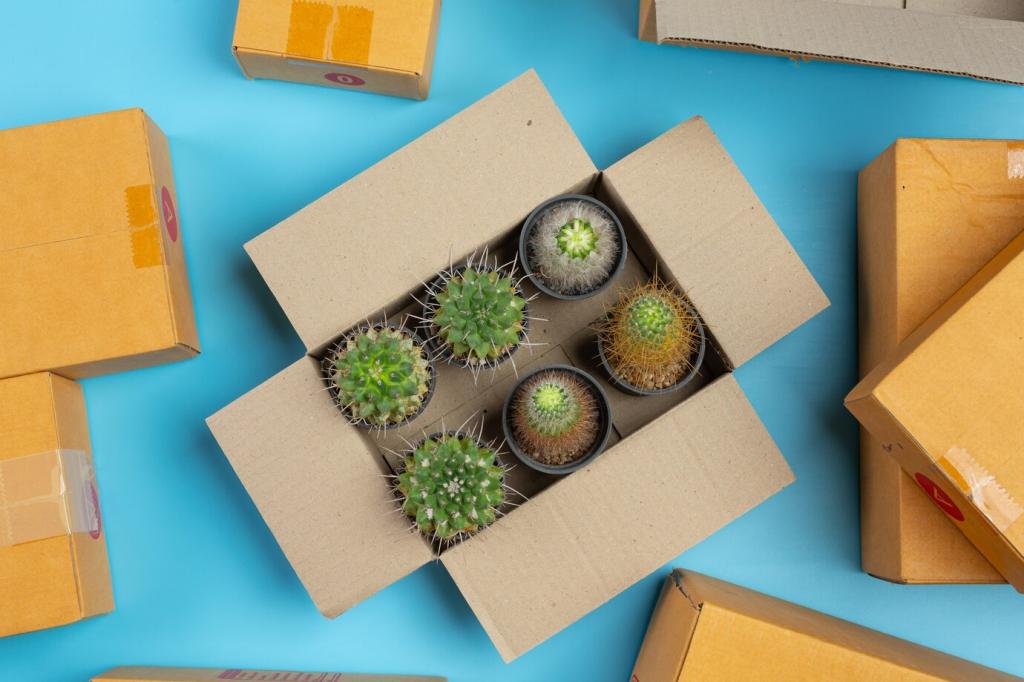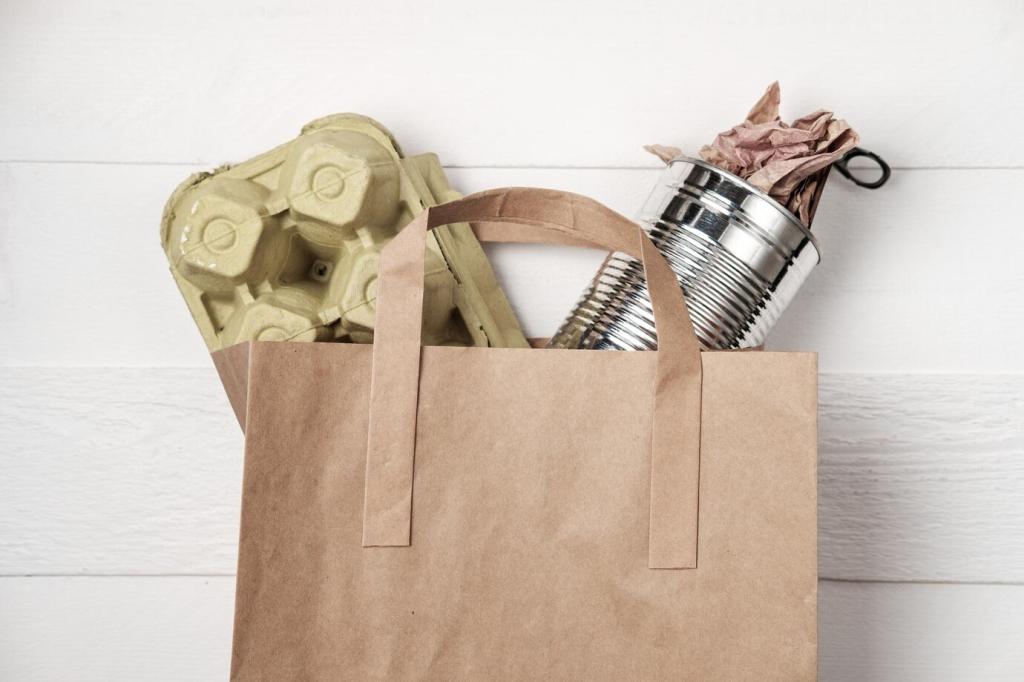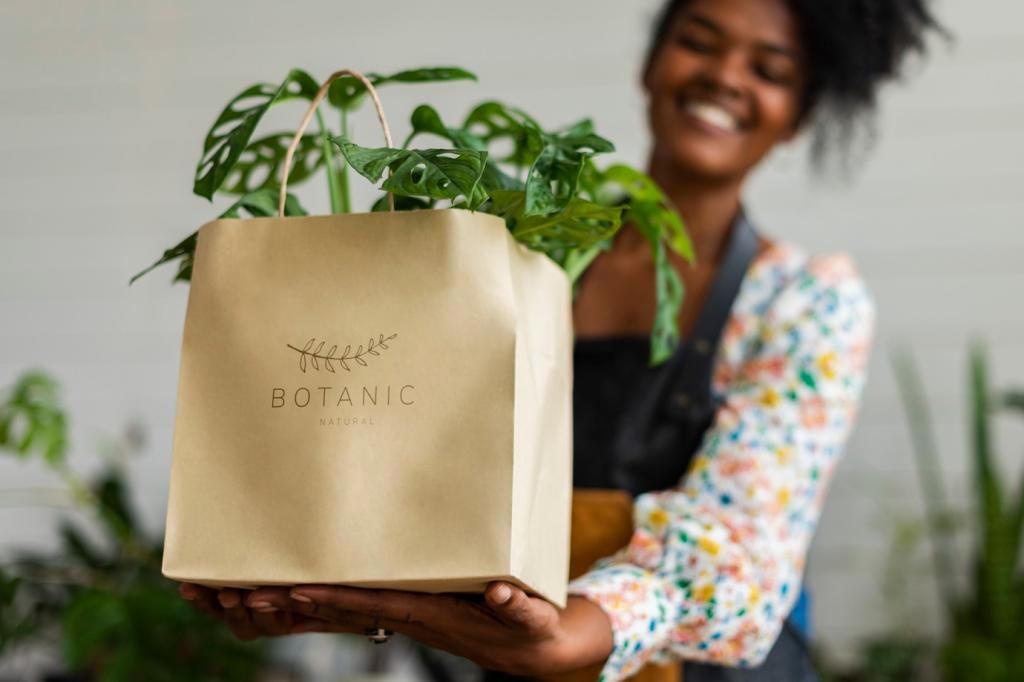Biodegradable and Compostable Packaging Options
Biodegradable and compostable packaging options are revolutionizing the way products are protected, transported, and presented. As environmental concerns grow, businesses and consumers alike are seeking alternatives to traditional plastics, which can persist in the environment for centuries. Biodegradable and compostable materials offer viable solutions by breaking down naturally, reducing landfill waste, and minimizing ecological impact. Understanding the subtleties between these terms and the available materials is crucial for making informed, sustainable choices. This page explores the advantages, types, industry applications, and challenges of biodegradable and compostable packaging, providing clear guidance for businesses and individuals who want to adopt earth-friendly packaging strategies without compromising on quality and performance.

Understanding Biodegradable and Compostable Packaging
The Difference Between Biodegradable and Compostable
Materials Used in Biodegradable Packaging
Composting Conditions and Certifications


Food and Beverage Sector

